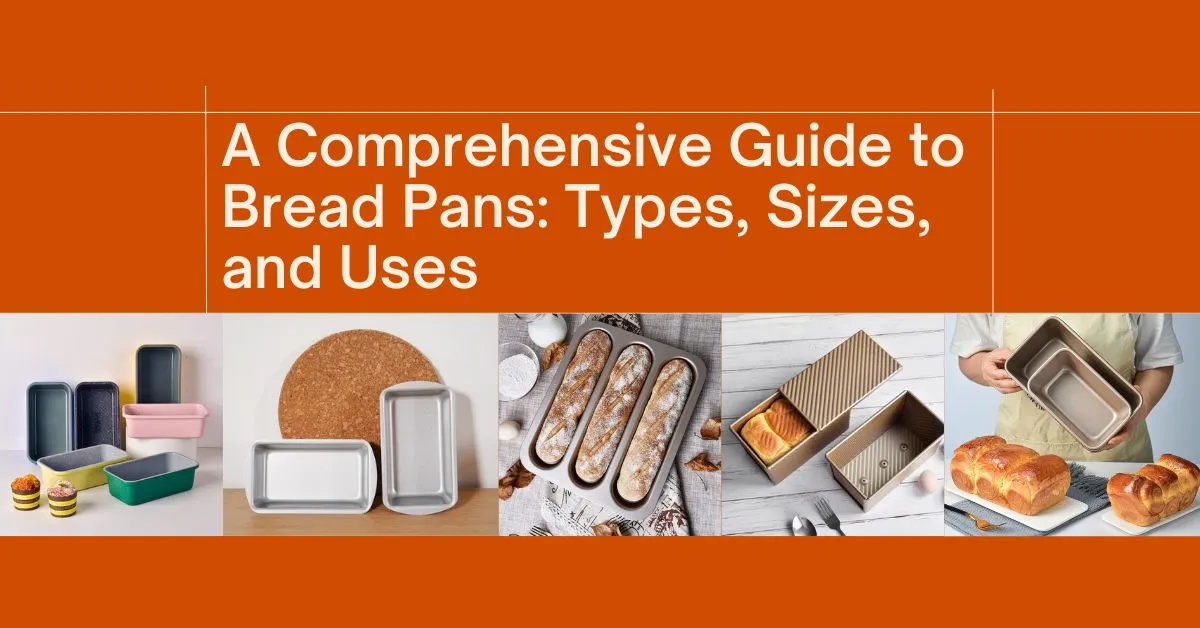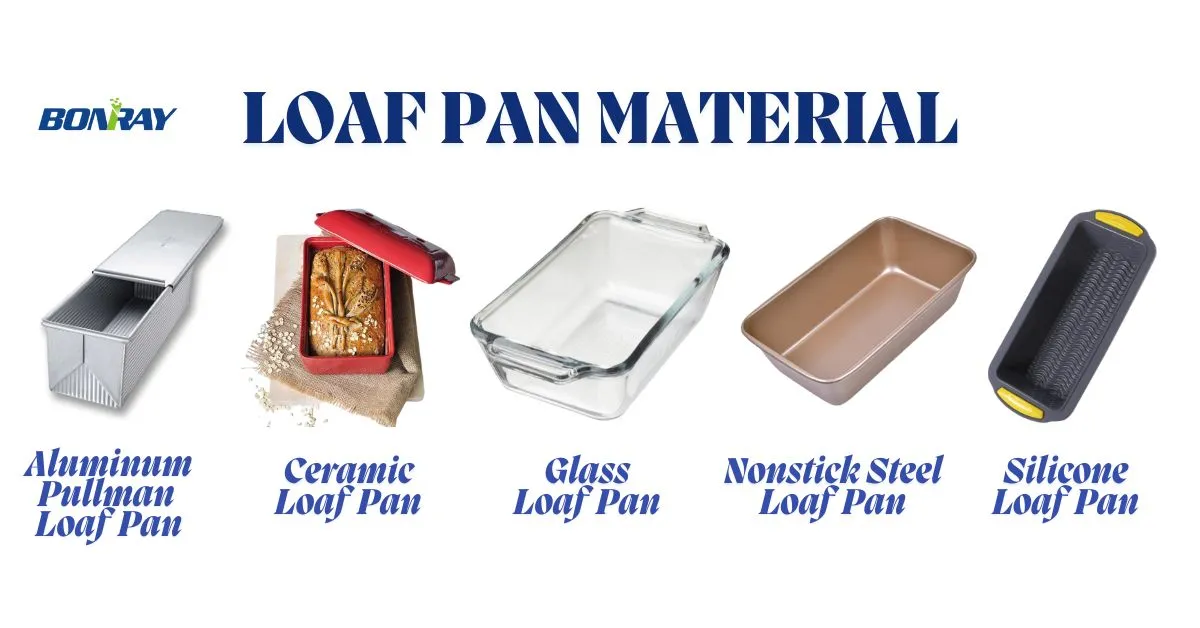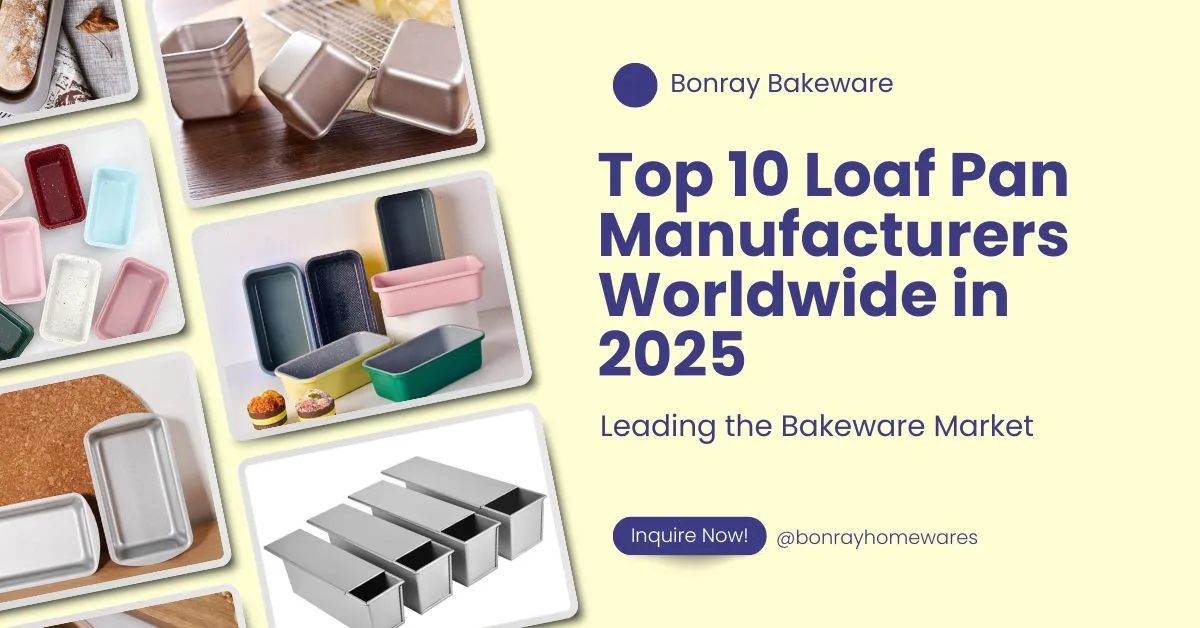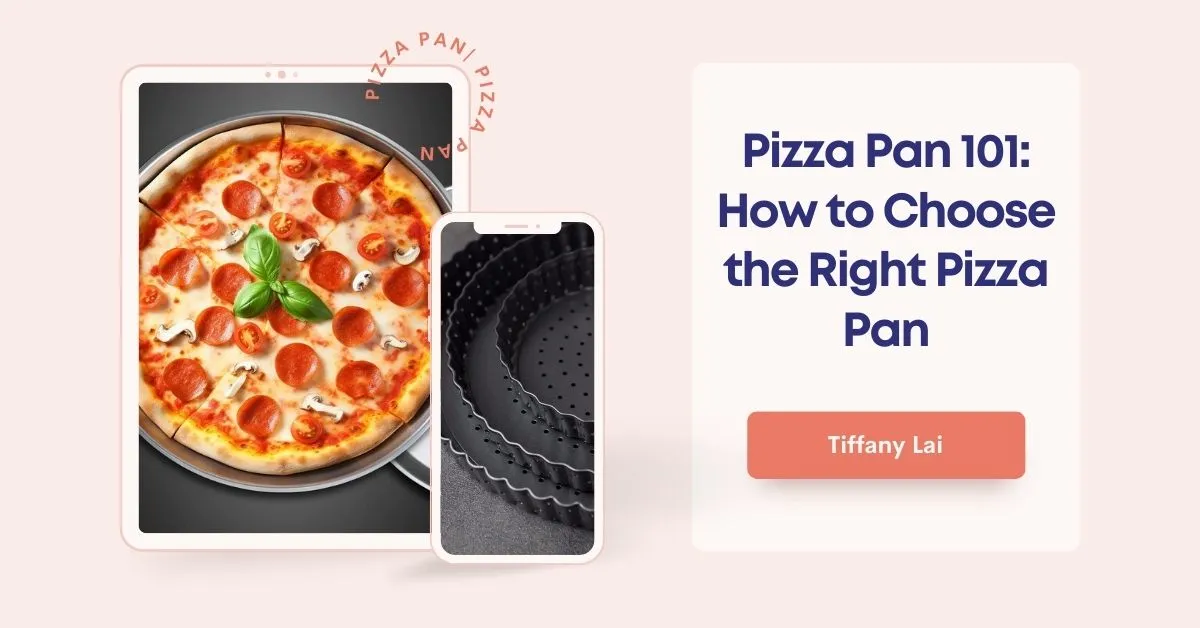How to Improve Your Non-Stick Bakeware?
Are you tired of your non-stick bakeware losing its non-stick qualities too soon? Do you want to know how to make your non-stick coating last longer? In this article, we will discuss the various methods of non-stick coating adhesion to help you understand the factors that influence the durability of non-stick coatings.
Introduction
Non-stick coatings are widely used in metal baking supplies to prevent food from sticking to the surface. However, non-stick coatings can wear off over time, leaving the bakeware with a sticky surface that makes cooking and cleaning difficult. In order to increase the longevity of non-stick coatings, manufacturers use various methods to improve adhesion.
Factors Affecting Non-Stick Coating Adhesion
Before we dive into the methods of non-stick coating adhesion, it’s important to understand the factors that affect the adhesion of non-stick coatings. Some of these factors include:
Surface Preparation
Proper surface preparation is crucial for the adhesion of non-stick coatings. The surface of the cookware must be thoroughly cleaned and degreased before the coating is applied.
Coating Thickness
The thickness of the non-stick coating can affect its durability. A thicker coating is generally more durable than a thinner coating.
Coating Material
The material used for the non-stick coating can affect its adhesion. Different types of coatings have different adhesion properties.
Coating Application
The method used to apply the non-stick coating can affect its adhesion. Some methods are more effective than others.
Methods of Non-Stick Coating Adhesion
Now that we have discussed the factors that affect non-stick coating adhesion, let’s take a closer look at the methods used to improve adhesion.
Teflon Coating
Teflon is a popular non-stick coating that can be applied to the surface of metal products using a spray or dip coating method. It is a durable coating that can withstand high temperatures and is resistant to scratches and abrasions.
Ceramic Coating
Ceramic coatings are another popular option for creating a non-stick surface on metal products. Ceramic coatings are applied using a spray or dip method and provide a durable, heat-resistant coating that is resistant to scratches and abrasions.
Powder Coating
Powder coating is a method of applying a durable, protective coating to metal products using a dry powder that is electrostatically charged and then cured with heat. This method provides a durable, scratch-resistant coating that is also resistant to chemicals and UV rays.
Anodizing
Anodizing is a process of electrochemically treating the surface of metal products to create a hard, protective coating. This coating can be dyed a variety of colors and provides a non-stick surface that is also resistant to corrosion and abrasion.
Heat Treatment
Heat treatment is a process that involves heating the cookware to a high temperature after the non-stick coating has been applied. This process helps to cure the coating and improve its adhesion.

Conclusion
Non-stick coatings are a great addition to cookware, but they can lose their non-stick qualities over time if the adhesion is not strong enough. By understanding the factors that affect non-stick coating adhesion and the various methods used to improve adhesion, you can make informed decisions when selecting non-stick cookware and ensure that your non-stick coating lasts longer.
In conclusion, the adhesion of non-stick coatings is a crucial factor in determining their longevity. Manufacturers use various methods to improve adhesion, including etching, priming, plasma treatment, electrostatic spraying, fusion bonding, diamond-like carbon coatings, ceramic coatings, and heat treatment. By selecting cookware that has been treated with these methods, you can ensure that your non-stick coating lasts longer and performs better.
FAQs
- How long do non-stick coatings typically last?
Non-stick coatings can last anywhere from a few months to several years, depending on the quality of the coating and how it is cared for.
- Can non-stick coatings be repaired?
In most cases, non-stick coatings cannot be repaired. Once the coating has worn off, the cookware will need to be replaced.
- Are there any health concerns associated with non-stick coatings?
Some non-stick coatings contain chemicals that can be harmful if ingested. However, most non-stick coatings are safe for normal use.
- How should I care for my non-stick cookware to ensure that the coating lasts longer?
To ensure that your non-stick coating lasts longer, avoid using metal utensils on the surface, and use only non-abrasive cleaners when cleaning the cookware.
- Are there any alternatives to non-stick coatings?
Yes, there are several alternatives to non-stick coatings, including cast iron, stainless steel, and ceramic cookware. These alternatives may not be non-stick, but they are durable and long-lasting.








